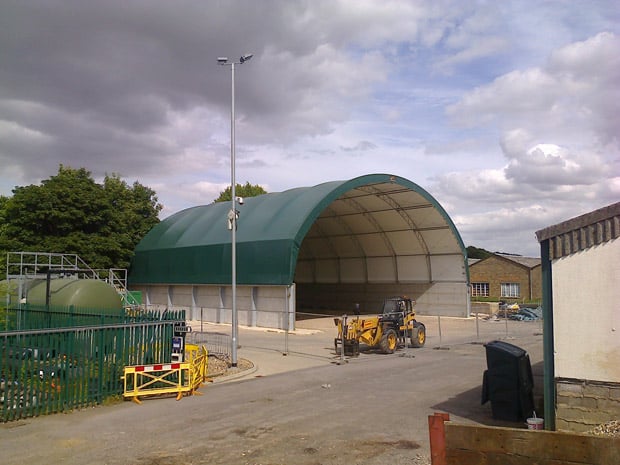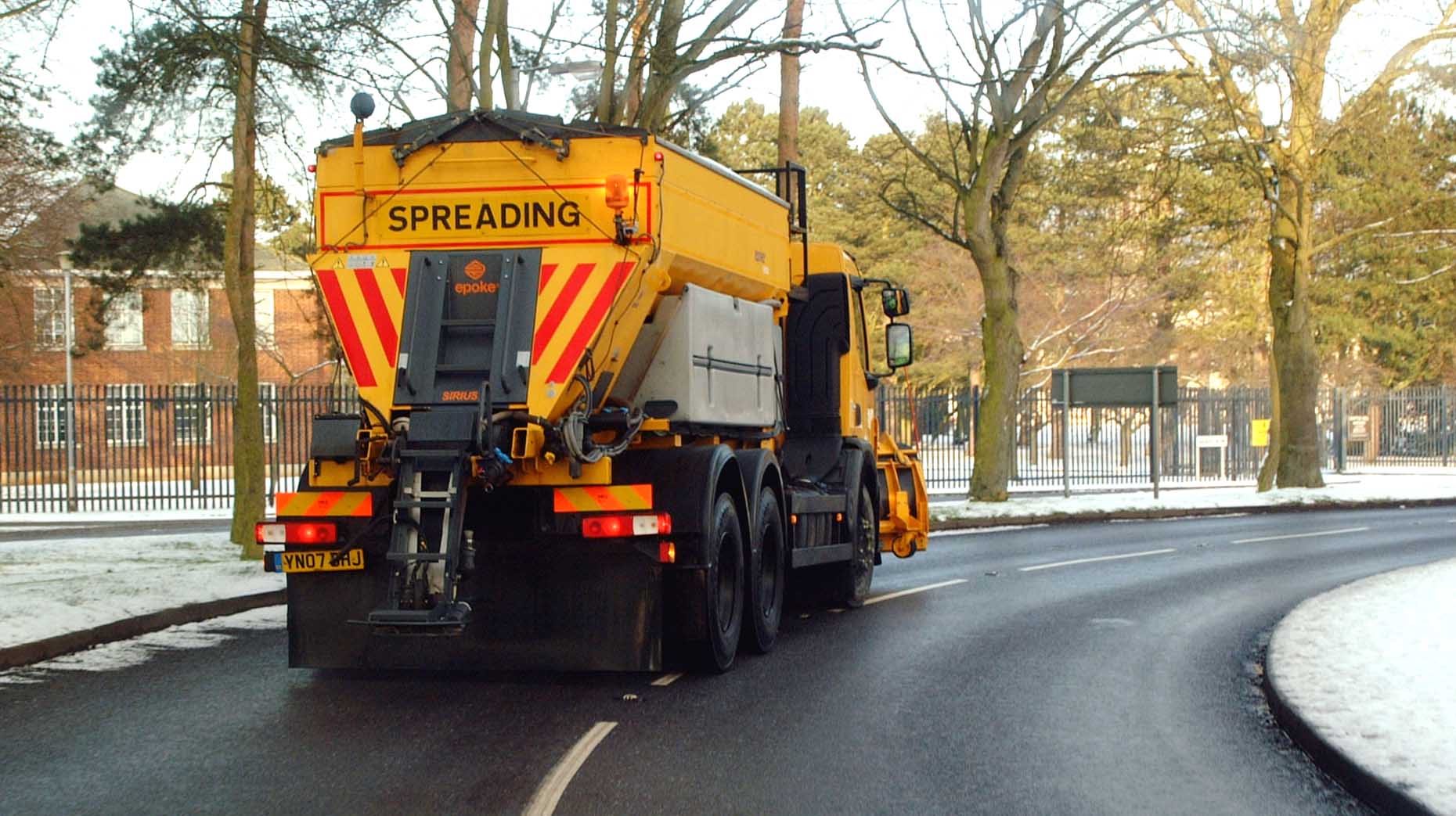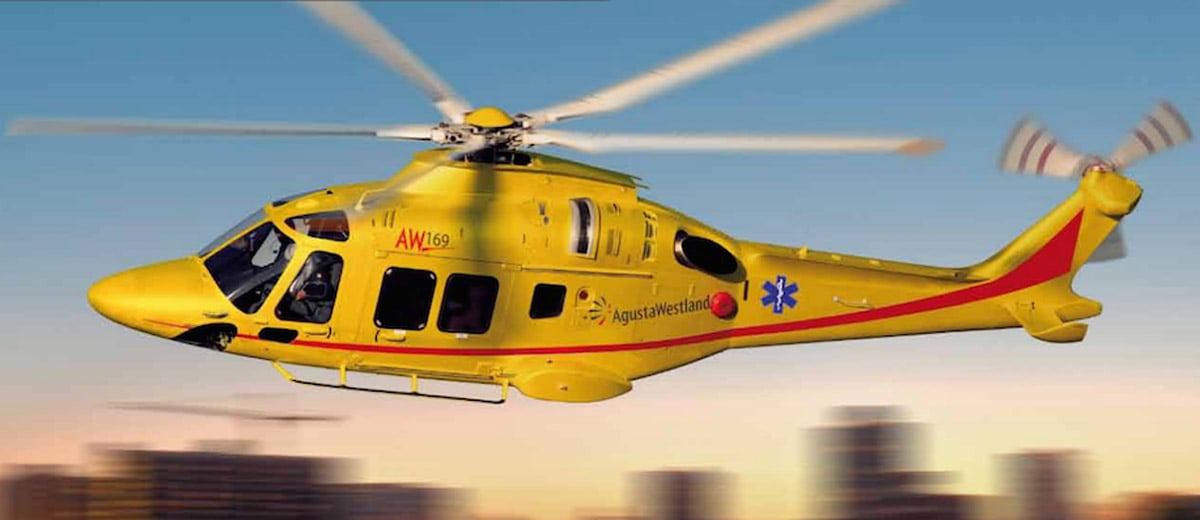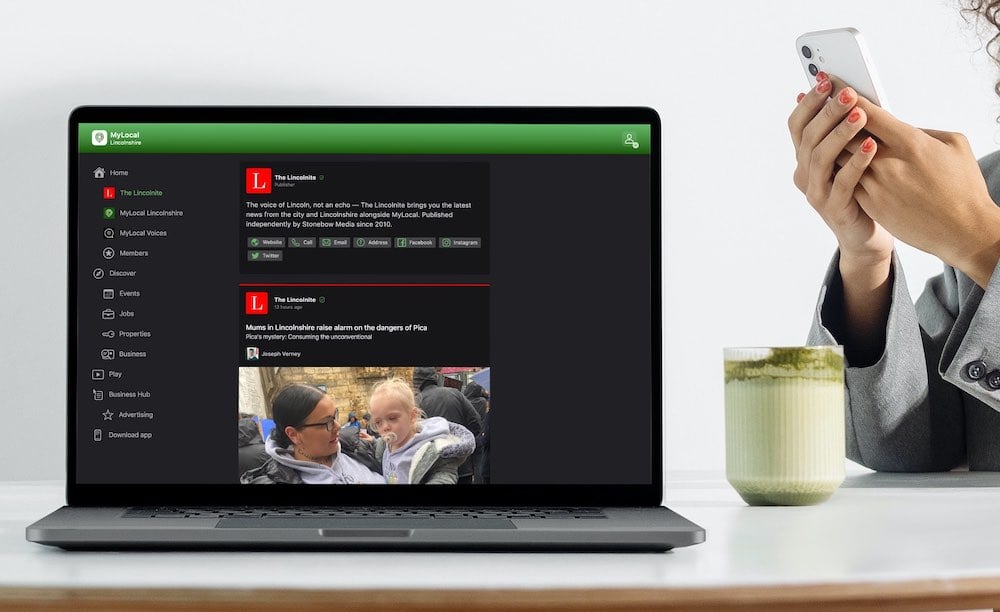Lincolnshire County Council built a new salt depot at the Willingham Hall highways depot near Market Rasen.
The new barn will be used to store salt used for gritting the county’s roads during severe winter conditions.
Previously, the salt was stored outside under covers. The new barn can store twice as much salt in optimum, dry conditions.

The new salt barn at Willingham Hall highways depot near Market Rasen
The 43 gritters across Lincolnshire treat 1,869 miles (3,008 km) of roads , just over a third of the entire road network (5,500 miles) in the county.
All A and B roads are salted and ensure that all main NHS hospitals, railway and bus stations are linked to the treated network.
There are eight gritting depots in the county, of which seven now have purpose-built salt barns: Sturton, Willingham, Manby, Horncastle, Ancaster, Thurlby, Chainbridge and Pode Hole.
Last year the County Council used 40,000 tonnes of grit to treat the roads – the highest amount on record.
County Councillor Richard Davies, Executive Member for Highways, said: “Our salt reserves are shipped over from the Mediterranean so it has made financial sense to buy in bulk and we will keep what we don’t use for the following winter.
“We also expect to use less salt this winter as we can monitor the temperature of individual roads with our new-technology – so we can be more targeted with the roads we treat.
“Storing the salt in ideal dry conditions means it can be used much more efficiently on our roads. The salt is wetted as it’s spread by the gritter, which helps it to work better and spread more accurately, resulting in a 30% saving in the amount of salt being used.”
“Gritters can also stay out for longer, ensuring a better use of drivers’ time and more efficient use of fuel.”








